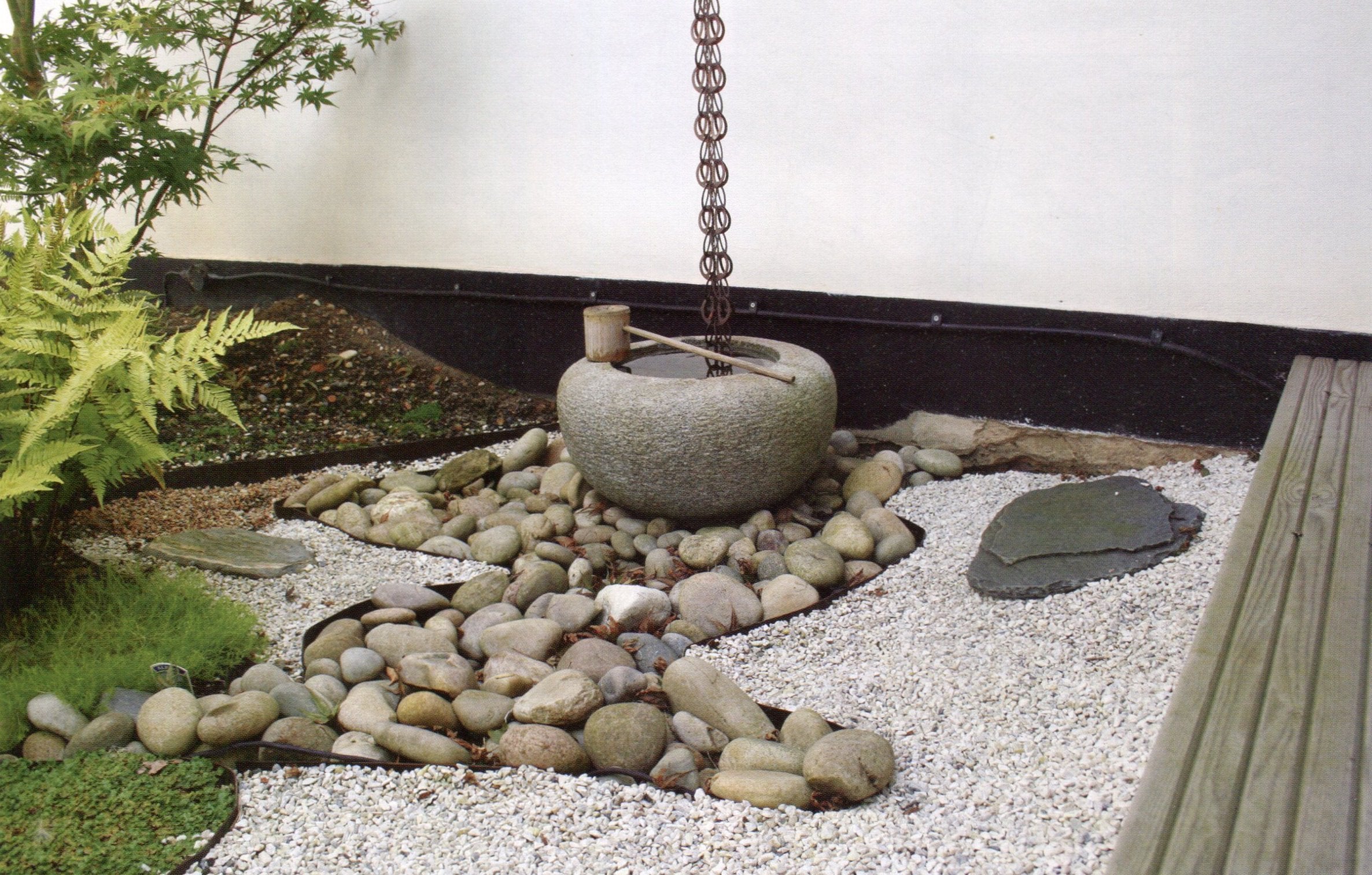Body, soul and gardening - Japanese gardens

The Japanese have been creating beautiful, balanced gardens for centuries. These carefully curated versions of the natural landscape create a calm space designed for contemplation. So, what are some of the elements to borrow in our own gardens?
Water is key. Whether a tranquil reflective pond or tumbling waterfall, water echoes nature, creating serenity. Bridges, such as the traditional zig-zag bridge or stepping stones, slow you down to admire the koi carp below. Likewise, pathways in Japanese gardens are often winding and uneven, helping you become immersed in your surroundings.
Planting is restrained with an emphasis on evergreens such as carpets of moss, liriope, hakonechloa, hosta and green ophiopogon. To this add neat balls of topiary and cloud-pruned trees and shrubs. Bamboo and small pines such as Pinus mugo ‘Humpty’ work well. There is also a celebration of the seasons with cherry blossom and camellias in spring and acers in autumn.
In Zen gardens, rocks and raked gravel represent natural elements such as mountains and water – the process of raking being an act of prayer. Even using just a few features of the Japanese garden can help create a more reflective and serene atmosphere in your own garden.
Japanese gardens to visit.
Kew Gardens, London. A Japanese temple is surrounded by a traditional Japanese garden with raked gravel, swathes of green and neatly clipped hedges.
Compton Acres, Dorset. This has a teahouse covered wisteria and other Japanese plants including azaleas, cherries and acers. There’s also a pool with stepping stones to view the koi carp.
The Japanese Garden, St Mawgan, Cornwall. A beautiful Japanese garden with a water stroll and Zen garden.
Note: The image is of a garden in Totteridge, London, designed by Maureen Busby 1940-2006. Maureen was a wonderful designer, specialising in Japanese gardens. Sue, CEO of Genus, engaged her to design her front garden in London in 2002.











